Fast-growing vegetables: 10 top picks for quick crops
With these fast-growing vegetables, you can enjoy a tasty harvest in a matter of weeks


Want to harvest crops without waiting for months on end? There are lots of fast-growing vegetables you can add to your garden that are delicious, too.
Planting crops that quickly deliver is rewarding for everyone, whether you're a well-experienced gardener or you're trying out our tips on vegetable gardening for beginners. With these top choices, you only have to wait a mere few weeks before tucking into freshly-picked goodies.
Try these fast-growing vegetables in your raised beds and containers
These fast-growing vegetables will give you quick and easy results. And if you have a larger kitchen garden, they can come in handy for filling gaps between slower-growing crops, such as onions or corn.
1. Microgreens
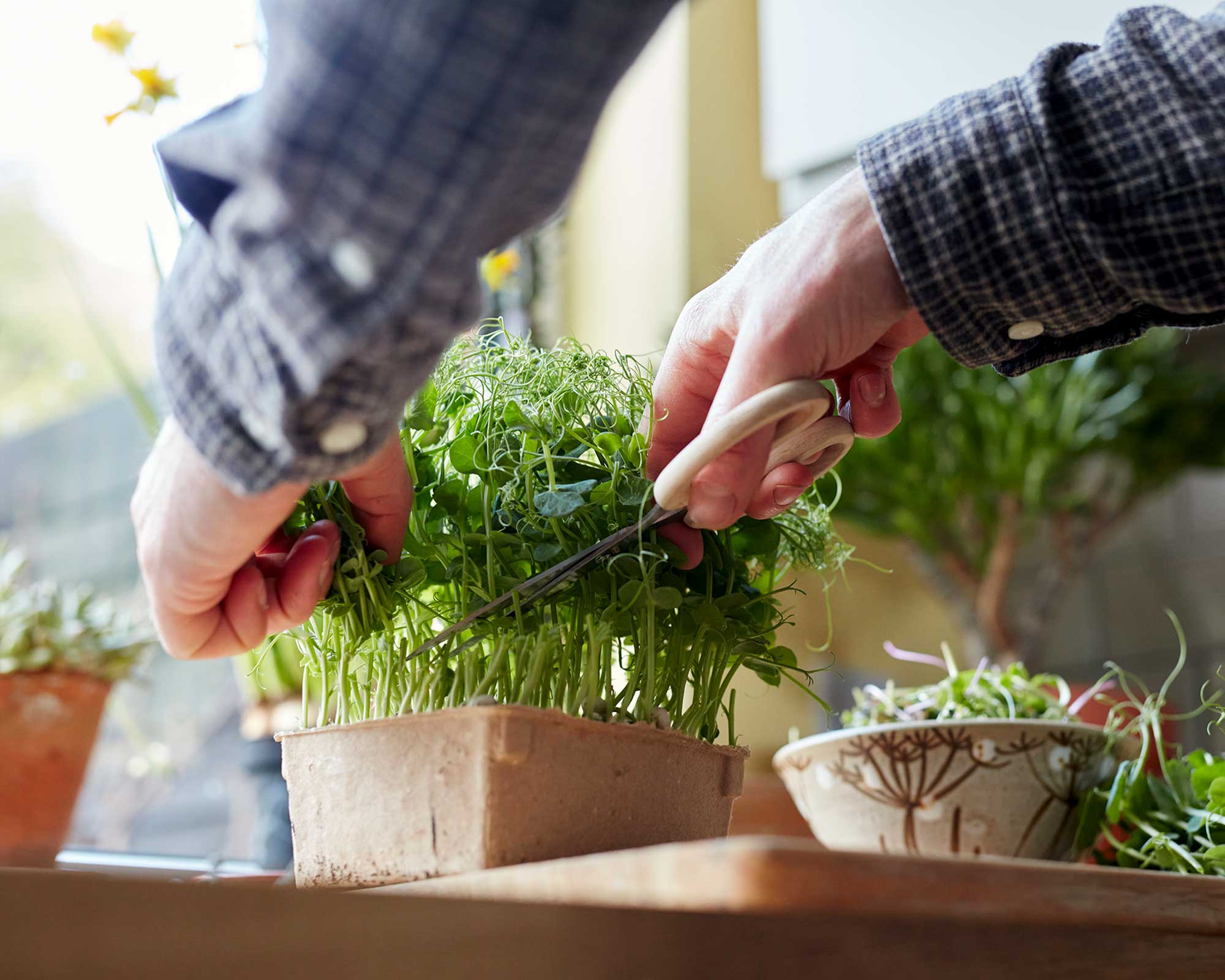
- Ready to harvest in one to three weeks
You can grow microgreens on a sunny indoor windowsill all year round. They will give you plenty of nutrient-rich shoots that will instantly elevate your home-cooked meals, both in terms of flavor and aesthetics.
'There are lots of varieties and all you need is a tray, some compost, and fresh water,' says John Negus, an expert from Amateur Gardening. Many types take only a few weeks to grow.
If you want to try growing micro-leaves of lettuce, the Amateur Gardening experts recommend ‘Little Gem’ and ‘Lollo Rossa’. We've rounded up more options in our best microgreens to grow indoors guide.
Note that microgreens cannot be treated as a cut-and-come-again crop, the experts add. 'After harvesting seed leaves, sow another batch to ensure a succession.'
- Buy microgreen seeds in the US: view at Amazon
- Buy microgreens seeds in the UK: view at Thompson & Morgan
2. Lettuce
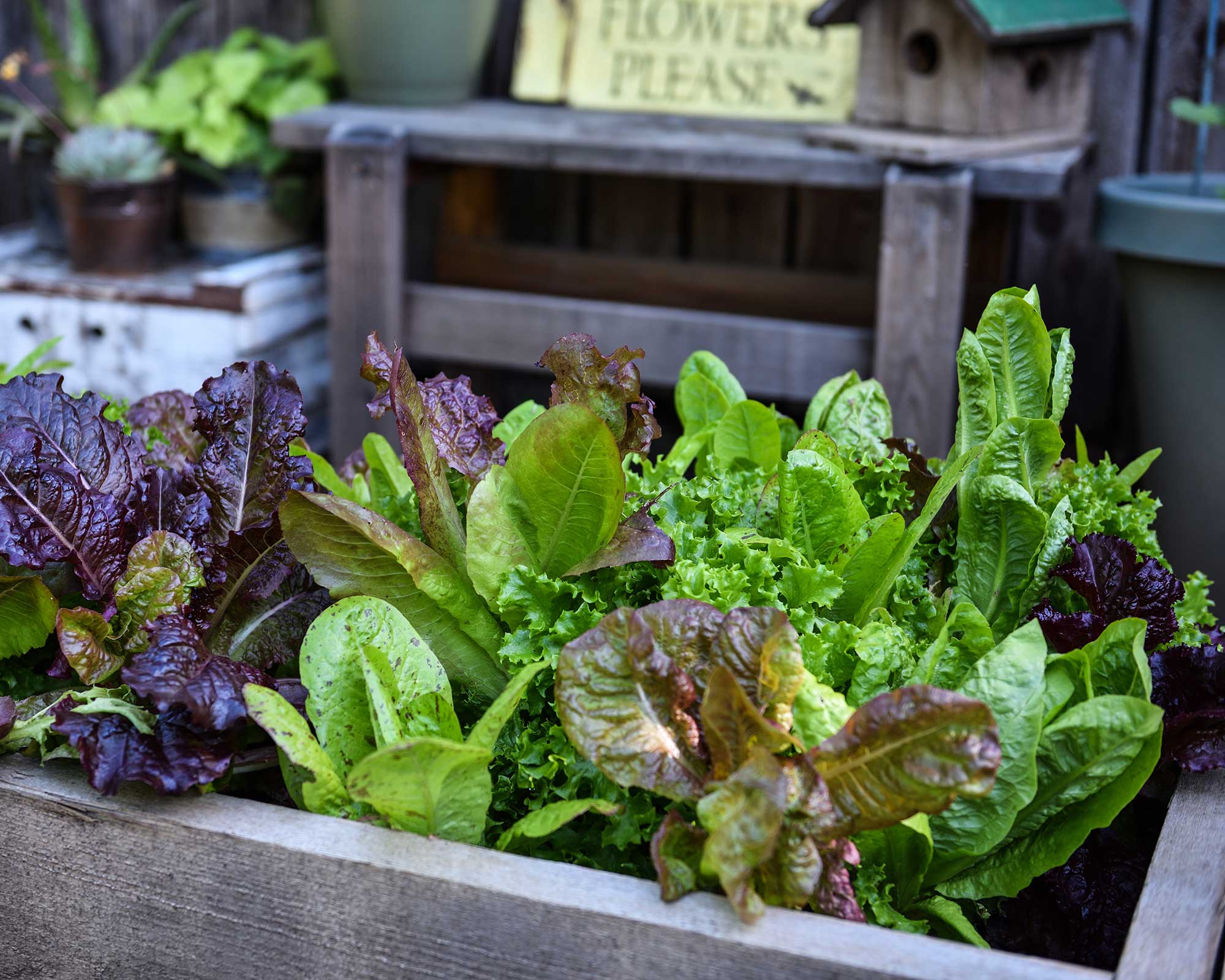
- Ready to harvest in as little as three weeks
Lettuce is another fast-growing plant and a stalwart ingredient for summer salads. Some varieties can take just three to four weeks to be harvested as baby leaves. Examples include 'Red Cos', 'Green Cos', and 'Jericho'.
As Thompson & Morgan suggests, 'make regular sowings for a constant supply throughout the season.' You can also harvest lettuce so it keeps growing by treating them as cut-and-come-again crops.
3. Radishes
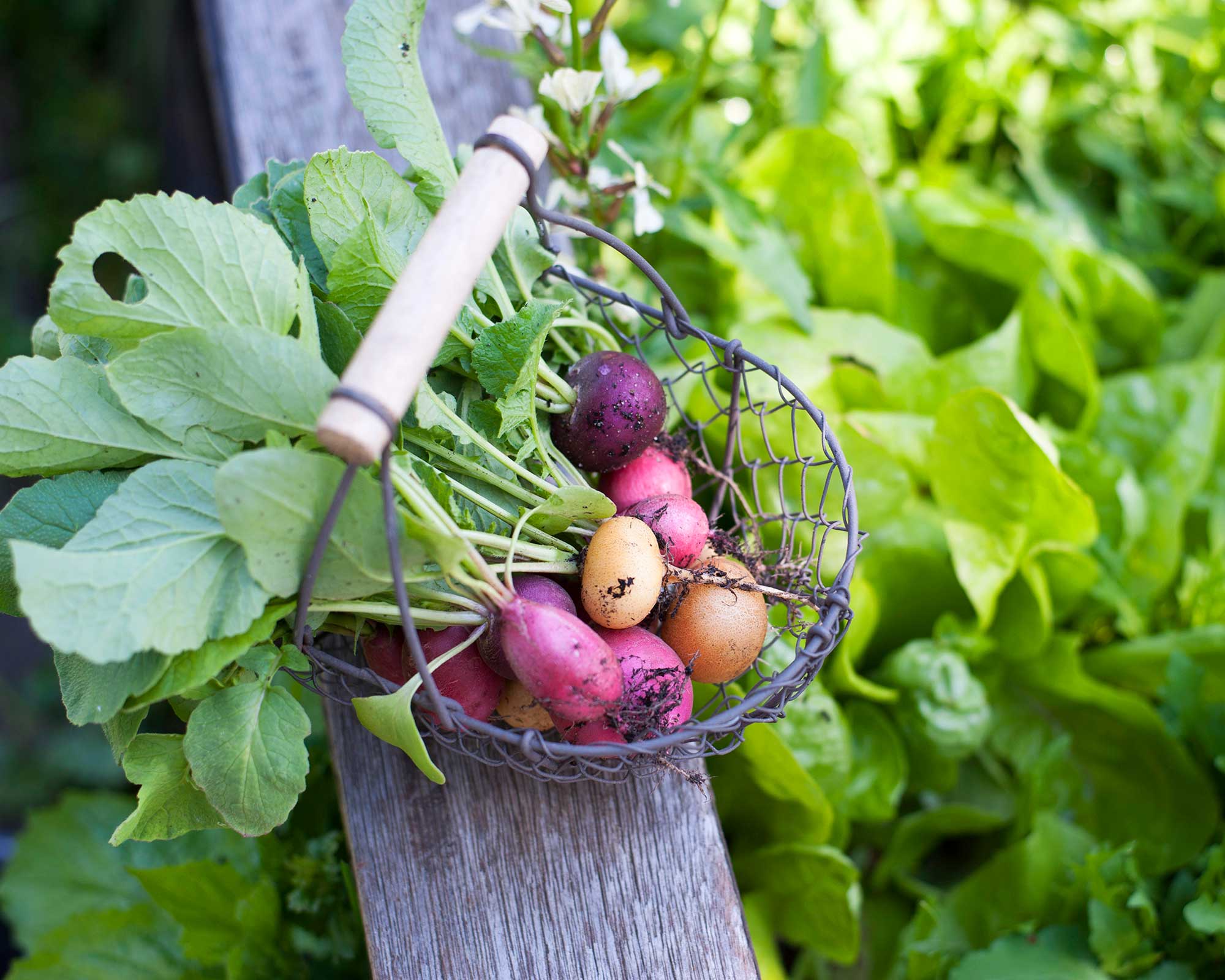
- Ready to harvest in three to four weeks
Radishes are most gardeners' go-to when it comes to fast-growing vegetables. Taking just a few weeks from seed to harvest, these small, plump, root veggies are perfect for thinly slicing and throwing into salads or stir-fries. You can also serve them whole alongside humous for a crunchy and healthy snack. With their array of colors, from bright pink to purple and white, they are as pretty as they are tasty.
When growing radishes, remember to thin them out as the seedlings appear, to give them enough room. They can be grown in the ground, but also in containers. For the latter, 'use a good potting compost as its loose fibers will allow roots to swell,' recommends John Negus. 'Feed the compost first by forking in some superphosphate and reapply every four to six weeks during the growing season.'
4. Early carrots
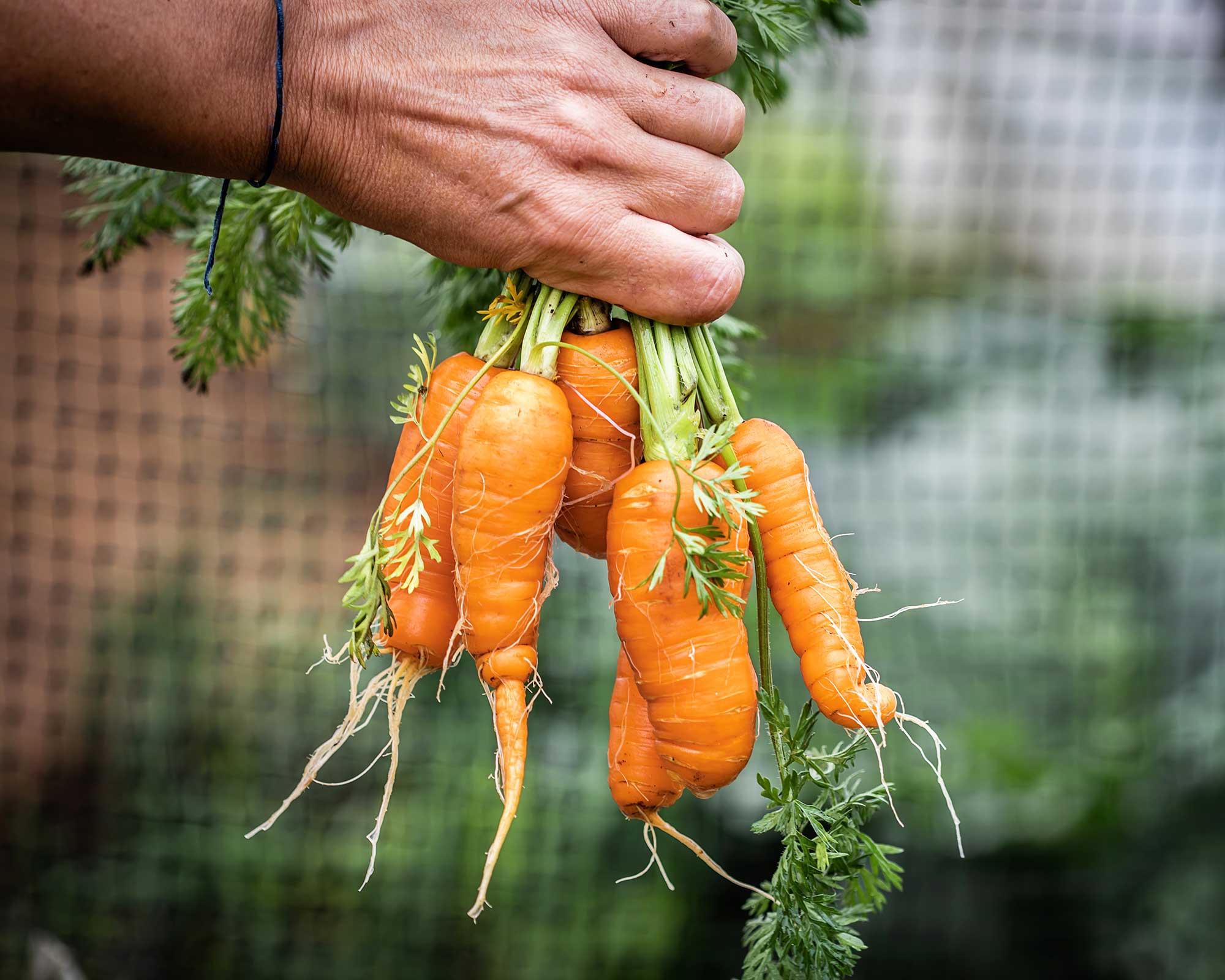
- Ready to harvest in seven to nine weeks
As long as you provide the right conditions and ensure the soil is free of stones (otherwise your roots will fork), growing carrots is easier than you might think. And smaller, early varieties tend to be quicker than maincrop types to mature enough to harvest. Try the popular 'Early Nantes'.
The RHS recommends sowing batches from early spring onwards. That way, you can enjoy these tasty, crunchy crops for almost the whole year.
5. Spinach

- Ready to harvest in six weeks
Spinach is packed with goodness and really versatile: it works just as well in curries or super salads as it does alongside poached eggs and hollandaise.
Some varieties are hardy, meaning you can enjoy this crop all year round. Although it will take a while for the leaves to reach their full, mature size, you can harvest them for 'baby' leaves in just a few weeks.
The RHS recommends 'Missouri' – a tasty variety that's a winner if you're looking for vegetables to grow in pots.
6. Courgettes

- Ready to harvest in six to eight weeks
Learning how to grow courgettes is totally straightforward and just a few plants can give you a bountiful harvest all the way through summer.
Plant them somewhere sunny, giving each plant plenty of space to ward off powdery mildew. Pick the courgettes when they are small: this is when they're at their tastiest. The more you pick, the more will appear.
- Buy courgette seeds in the US: view at Amazon
- Buy courgette seeds in the UK: view at Thompson & Morgan
7. Arugula
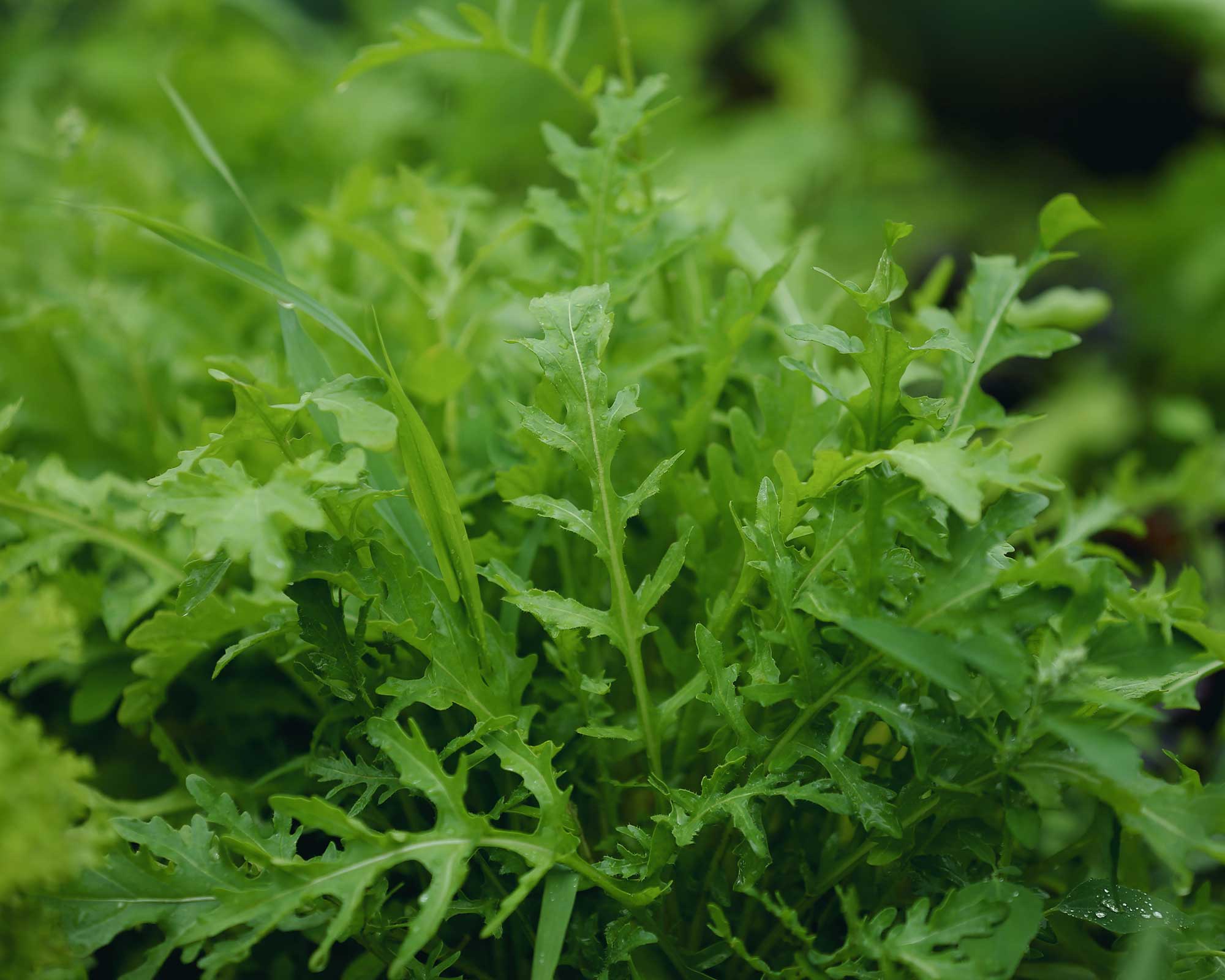
- Ready to harvest in three to four weeks
Arugula, also known as rocket, is a spicy salad green that'll give any dish a kick.
With Monty Don's tips on growing rocket, you can ensure a successful harvest. And once sown, you won't need to wait long – within a few weeks, you can start picking baby leaves which have a milder taste than those that are fully matured.
Try the cut-and-come-again technique to enjoy this crop for longer. It can be grown in pots as well as in the ground.
8. Baby beetroot
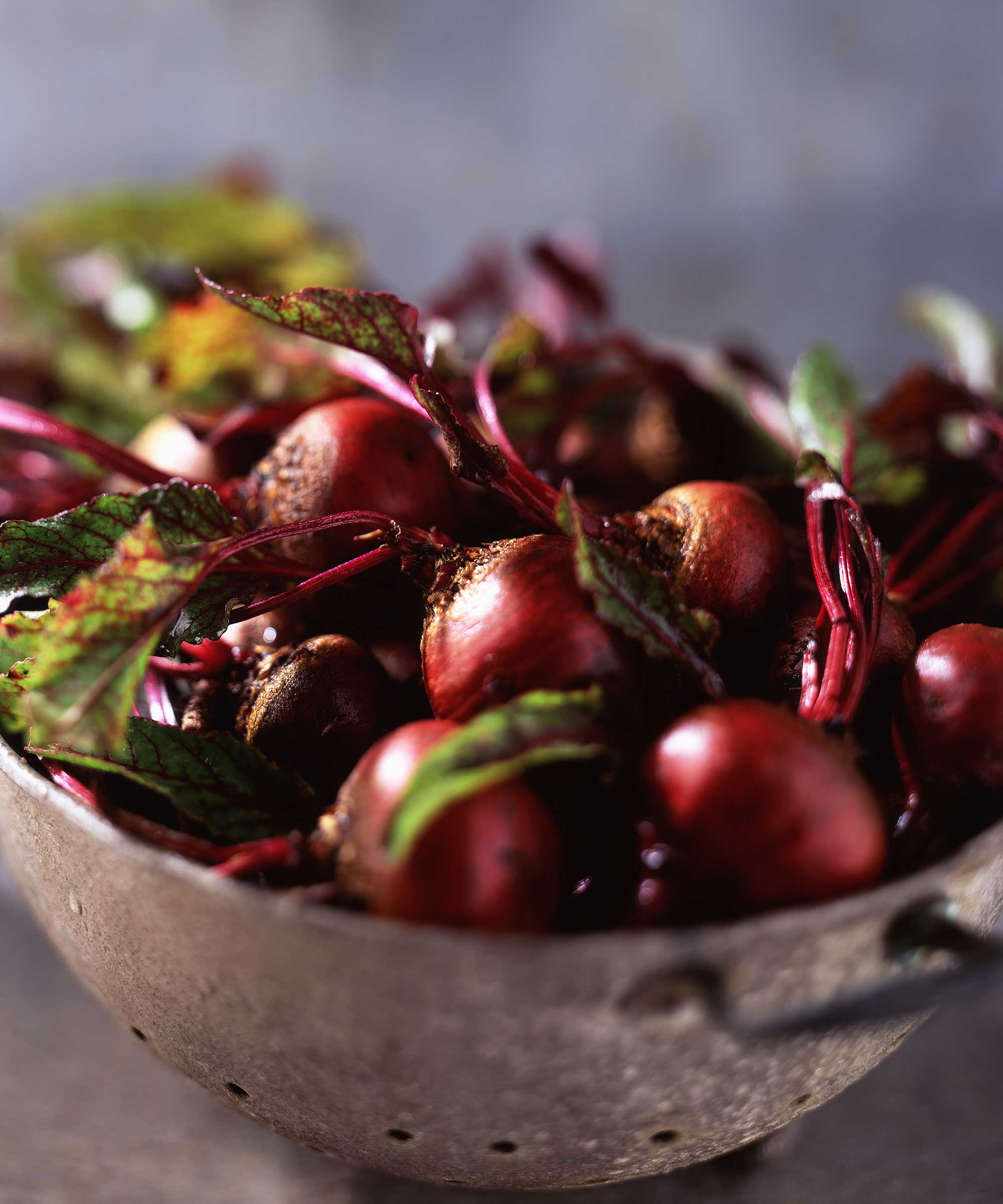
- Ready to harvest in six to seven weeks
Growing beetroot is simple and they can be harvested from early summer to autumn. As well as the usual purple kind, you can also get golden varieties which look stunning on the plate.
Harvesting 'baby beets' can be done around six weeks after sowing. The RHS suggests 'Boldor' which has an elongated, round shape and golden flesh. You could also try 'Pablo' which is round and dark red.
9. Chard

- Ready to harvest in four to six weeks
Chard is one of the easiest vegetables to grow, and the colorful varieties will add a splash of vibrancy to your veg patch.
Like many other leafy veggies on this list, you can harvest the leaves when they're young in just a few weeks – these can be added raw to salads. 'Snip mini-leaves as soon as they’re a usable size,' says the RHS. 'They should re-grow if you leave a small stump.'
10. Spring onions

- Ready to harvest in eight weeks
Spring onions are a valuable ingredient for elevating all sorts of dishes and they don't take long to grow: just eight weeks after sowing. Sue Sanderson at Thompson & Morgan recommends 'White Lisbon' as a great choice for new gardeners.
If your crop starts to flop, ensure you're giving them enough water. If you are, the problem may be onion fly or bean seed fly. Adult onion flies normally lay eggs in early to mid summer but can strike earlier, and larvae devour roots that cause plants to die, explains John Negus. Bean seed fly damages onions in a similar way.
'Unfortunately, there are no insecticides to combat these problems, so the best way to avoid it recurring is to grow onions where you have not cropped them for at least three years,' he suggests. 'Additionally, examine "flopped" plants to see if tiny white grubs are eating the roots. If they are, bin these plants.'

The garden was always a big part of Holly's life growing up, as was the surrounding New Forest where she lived. Her appreciation for the great outdoors has only grown since then. She's been an allotment keeper, a professional gardener, and a botanical illustrator – plants are her passion.
